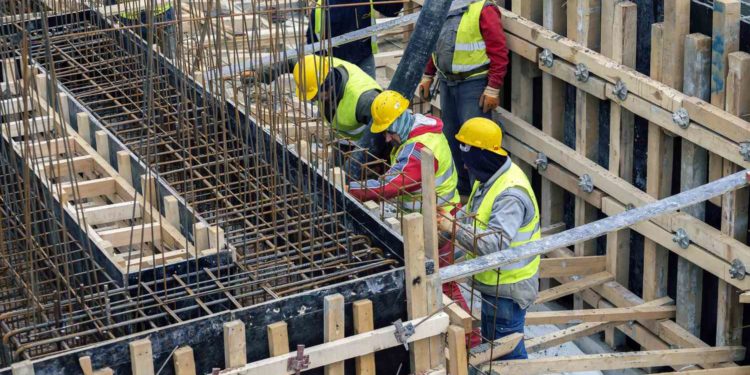Formwork refers to a mould into which concrete is poured and formed. It is a temporary structure fabricated to hold concrete in the desired shape during casting. Formwork is also commonly known as shuttering.
Traditionally, it was fabricated using timber. However, in modern days, the use of steel and glass fibre as additions to formwork material has been adopted.
Formwork is constructed in situ, mostly using timber and plywood. The plywood used is a special grade that is water-resistant. It comes in large pieces that are cut on-site to fit the size of the elements to be cast, such as columns, beams, and slabs. The plywood is reusable once or twice, depending on how its surface appears after dismantling from a cast concrete element.
For steel formwork, the panels come in standard sizes made at the factory. A client may place an order for a non-standard size to be manufactured and delivered on-site. Steel panel formwork can be reused more times than the plywood type but is more expensive to purchase. The durability and strength of steel formwork make it a preferred option for projects that require repeated use and precision.
When fabricating formwork, joints may be filled with sponges to ensure concrete water doesn’t leak, leaving the aggregates. This practice helps in maintaining the integrity and uniformity of the concrete mix. Formwork is usually supported at elevated levels using timber or steel hollow tubes generally referred to as falsework, which provides the necessary support during the setting of the concrete.
After casting, the removal time for the formwork varies depending on the curing rate of the concrete, but in most cases, 14 days is sufficient. Proper timing is crucial to avoid damaging the newly cast elements, ensuring the structural integrity of the construction. The choice of formwork material and method has a significant impact on the construction process, influencing both the quality and efficiency of the project.
















